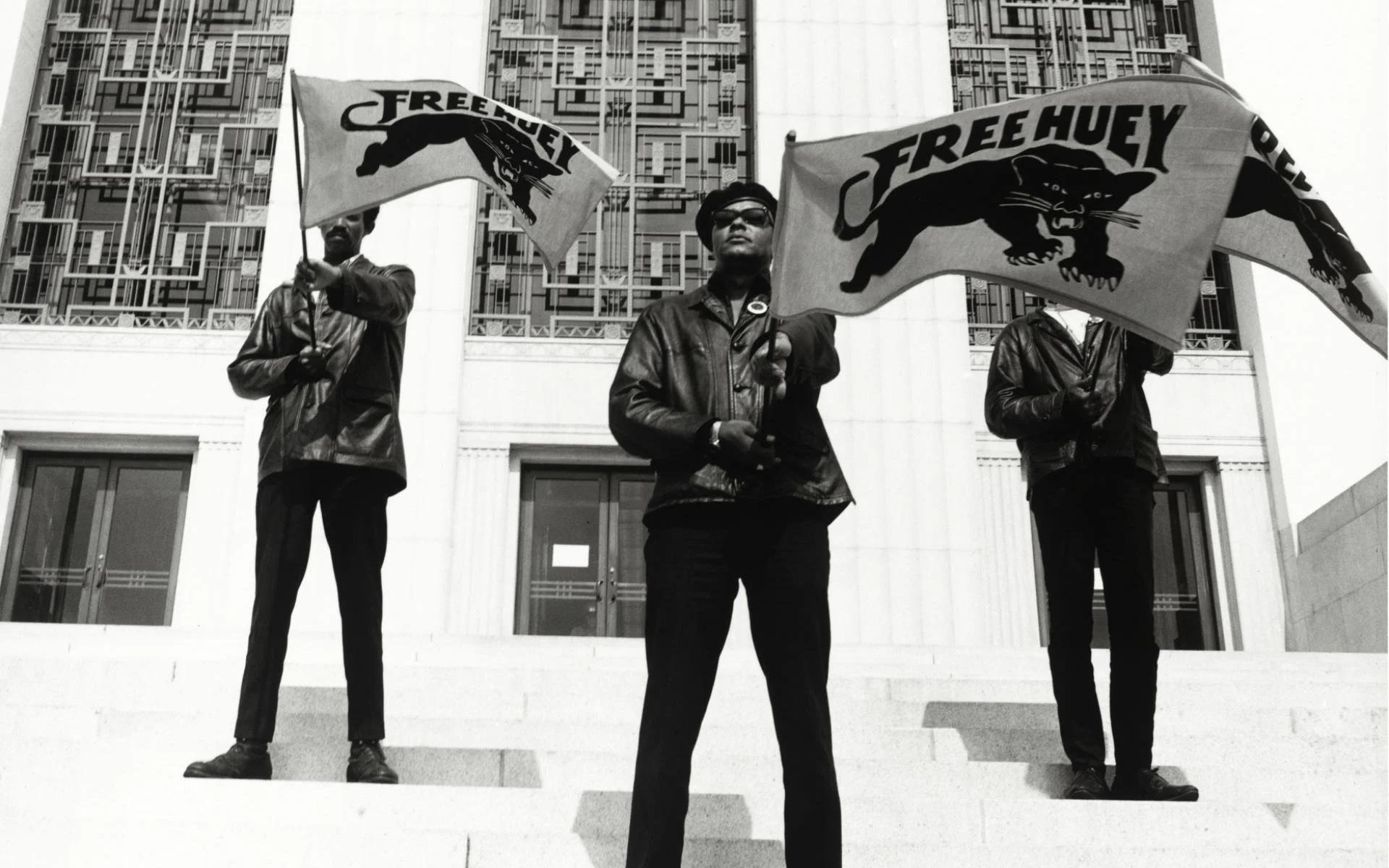Fashion as a Form of Resistance
Fashion has always existed beyond its use as an aesthetic device. Throughout history, notable groups and individuals have utilized fashion in a variety of strategic ways to resist the status quo. This article will explore several iconic symbols of expression that have been used in protest throughout counter-culture movements.
Suffragette White
Courtesy of Greenwich Historical Society
The color white became the rallying cry for the suffragettes of the mid-19th century. In the United States, suffragettes protested throughout each U.S. state in order to advocate for women's right to vote. Initially, white, purple and gold were contrived as the official color of the National Women’s Party. However, the leaders of the American suffragette movement, Alice Paul and Lucy Burn, wanted a striking color to catch the attention of the newspaper. White became this quintessential color. According to Alice Paul, a sea of suffragettes dressed in striking white offered a perfect contrast against the dark hue of the dark streets they would often march in. The stark difference between the two colors allowed the suffrages to stand out in newspaper photographs. As such, suffragettes could receive more media attention and leave a lasting impression on audiences. Today, notable politicians can still be seen wearing suffragette white during important occasions, from Hillary Clinton appearing at Trump’s inauguration to Kamala Harris giving her first address to the nation.
Black Leather Jackets and Berets
Black beret, sunglasses, and a leather jacket. The memorable uniform of Black Panther Party members stood as more than just an outfit. This assembly was strategic. You see, most activists in the Civil Rights Movement adorned themselves with “respectable clothing” 𑁋 think full suits and long skirts. This manner of “Sunday Best” dress was professional and refined. However, members of the Black Panther Party were not interested in conforming with white notions of modernity. In this way, the trailblazing attire of the Black Panther members was a tool to express their demands for equality. Furthermore, this clothing also pushed back against gender roles. The unisex nature of the clothing enhanced the inclusivity of women, as they donned berets and carried guns alongside men in the party.
Military Uniforms
Courtesy of Zinn Education Project
During 1960s protests against the Vietnam war, demonstrators donned military gear. While this might seem counterintuitive, anti-war demonstrators used this “OG-107 uniform” as a symbol of rejection of U.S. involvement in Vietnam. It stood out alongside crowds of people with flowers and peace signs. The large-scale production of the clothing made it easily affordable and accessible to the public. At the same time, returned veterans used their own military garb to protest their unjust conscription and opposition towards the invasion. “GI’s for Peace” became a common slogan on banners during several 1968 marches against the war. Often, soldiers put themselves at risk of military discipline by speaking at rallies and walking during marches. In this way, military gear worked as both a symbol of the war as well as a uniting emblem for those who opposed it.
Pussyhats
Courtesy of Brian Allen
What started as a little known craft project became the signature token of the 2017 Women's March. Jayna Zweiman and Krista Suh conceived the idea of creating a bold hat that would function as a striking visual of solidarity during the march. You may have seen this hat before 𑁋 it’s pink, knitted, and features two cat-like ears at the top. The term “Pussyhat” was coined as a response to President Trump’s comments about grabbing women by their genitals. The women wanted to reclaim the term “pussy” into one of empowerment and protest amidst the misogyny expressed by leading political figures. The crochet pattern for the hat was put online for the public, where it spread like wildfire through social media. Hundreds of women could be seen adorned with the pink hats during the 2017 Women’s March. Those who could not attend the march could also wear the hat or sew one for a marcher to show their support of the broader feminist movement.
Featured Image Courtesy of The Citizen




